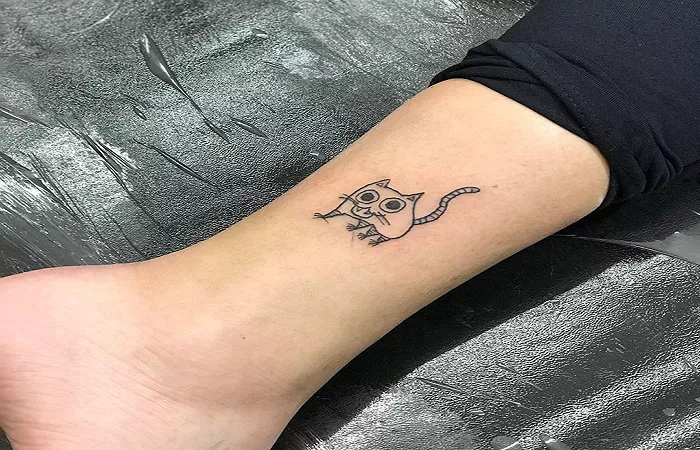In a groundbreaking cultural milestone, Tūhura Otago Museum has become the first museum in the world to host a live public demonstration of traditional Samoan tattooing. The event, held on Tuesday, marks a historic first for both Dunedin and New Zealand’s South Island.
The demonstration was led by world-renowned tufuga tā tātāu (master tattooist) Su’a Sulu’ape Peter, who performed the sacred tattooing process in front of an engaged audience. The occasion offered a rare and intimate look into the centuries-old traditions of the Pe’a and Malu—intricate tattoos given to Samoan men and women, respectively.
The event opened with a public talk in which Su’a Sulu’ape Peter discussed the cultural and historical significance of Samoan tattooing. He was joined by his Mea nā’itaua (wife of the master tattooist) and au koso (assistants), who elaborated on their essential roles in the tattooing ceremony, which is regarded as a deeply spiritual and emotional experience.
“This ceremony marks the first time in history that traditional Samoan tattooing has been publicly performed in a museum anywhere in the world,” said Tautala Faletolu, one of the event’s key organizers and a director of So’oula o Samoa. “It’s a moment of immense cultural pride and sends a powerful message about the value of indigenous knowledge, identity, and unity.”
Traditional Samoan tattooing, which has endured through colonization and Western religious pressures, was showcased with deep respect. The live demonstration allowed visitors to witness the resilience and continuity of indigenous Pacific heritage.
Leota Meredith, Pasifika Engagement Co-ordinator at Tūhura Otago Museum, emphasized the importance of the occasion:
“The museum is honoured to have hosted this historic event. It’s a powerful reminder of the strength and beauty of indigenous art and a proud moment for our Pasifika communities and the wider public.”
Su’a Sulu’ape Peter’s participation was especially significant given his global reputation and typically long waiting list—reportedly up to two years. His extended visit to Dunedin provided a rare opportunity for the public to engage with one of Samoa’s most sacred cultural practices.
The event was made possible through the support of So’oula o Samoa directors Tautala Faletolu, Moananū Pesa Tili, and Talai Naubalasi, who have worked extensively with Pacific communities across Aotearoa in educational and religious settings.
More than just a demonstration, the event served as a living tribute to cultural survival and indigenous artistry, resonating not only with the people of Dunedin but with Samoan and Pacific communities around the world.
Related topics:

